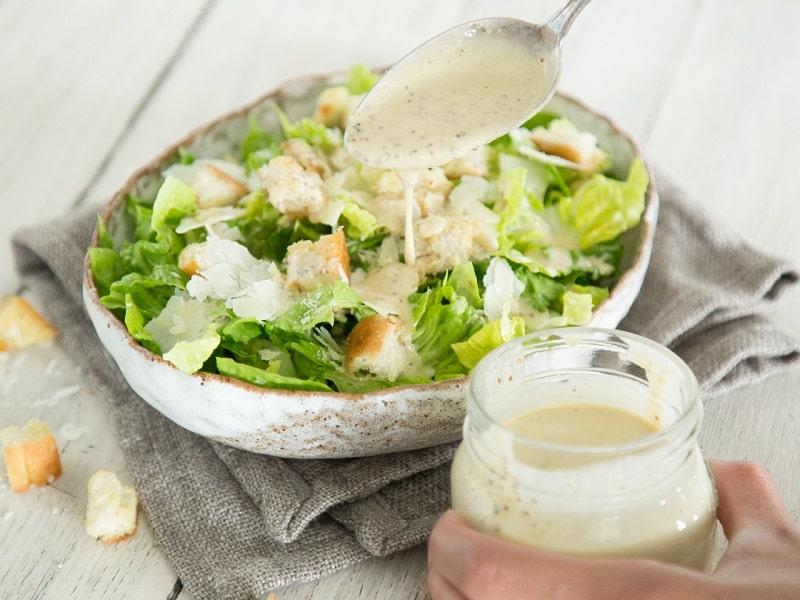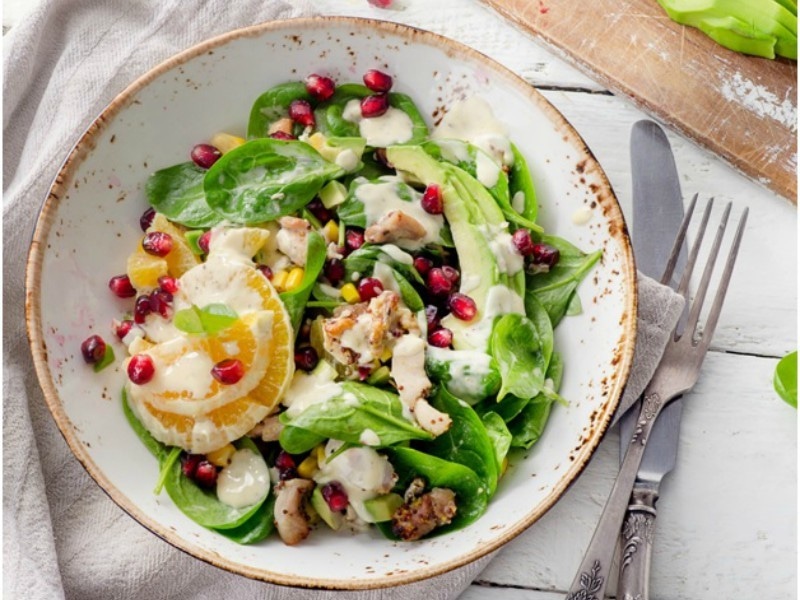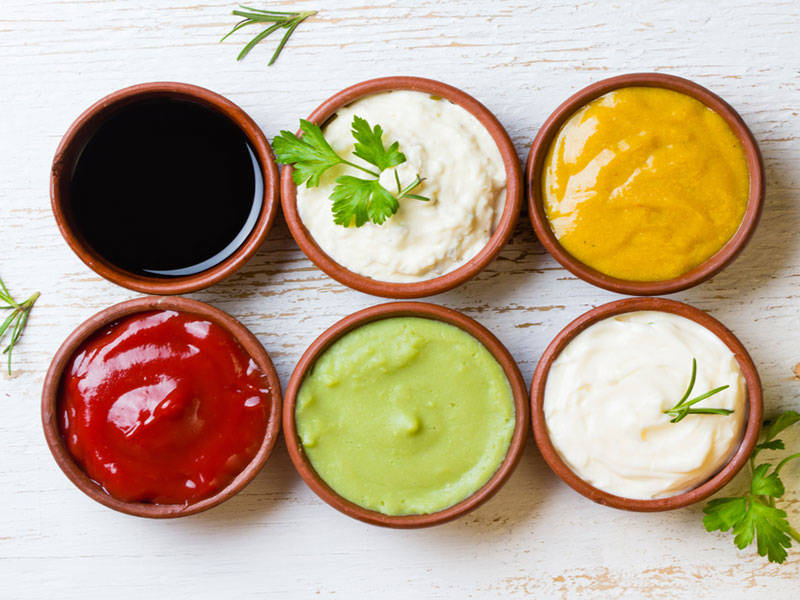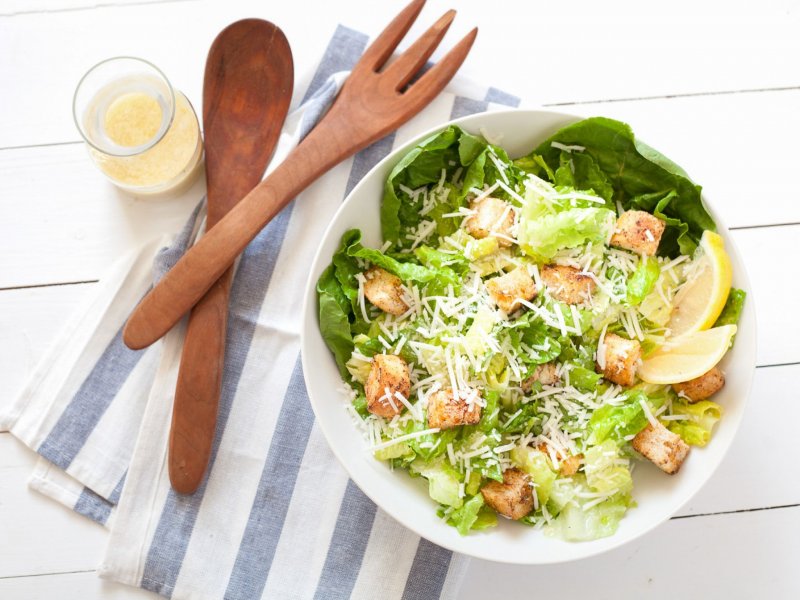Title: Exploring the Best Homemade Salad Dressings: Elevate Your Greens
Introduction:
Salads are a versatile and delicious way to incorporate vegetables into our diets. While store-bought salad dressings are readily available, making your own at home can be healthier, cost-effective, and allow for customization based on your tastes and dietary requirements. In this article, we will explore various homemade salad dressing recipes that will elevate your greens to new levels of flavor and nutrition.
1. Classic Balsamic Vinaigrette:
A staple in salad bars and restaurants, a classic balsamic vinaigrette is a simple and versatile dressing. Made with ingredients like olive oil, balsamic vinegar, Dijon mustard, honey, garlic, salt, and pepper, this dressing is easy to make and adds a tangy-sweet flavor to any salad.
2. Creamy Ranch Dressing:
Ranch dressing is a popular choice for salads, veggie platters, and even as a dipping sauce. Creating your own homemade ranch dressing allows you to control the ingredients, ensuring a healthier and fresher option. The traditional ingredients of homemade ranch include mayonnaise, buttermilk, garlic, fresh herbs (such as dill, chives, and parsley), and spices. Adjusting the ratio of ingredients allows you to achieve the perfect level of creaminess and tanginess.
3. Lemon Tahini Dressing:
For those looking for a dairy-free and vegan option, lemon tahini dressing is an excellent choice. Combining tahini (sesame seed paste), lemon juice, garlic, water, olive oil, and salt gives you a creamy, tangy dressing that pairs well with a variety of salads, grain bowls, and roasted vegetables. This dressing not only adds flavor but also provides a good source of healthy fats and nutrients.
4. Honey Mustard Dressing:
Honey mustard dressing is a classic favorite that adds a touch of sweetness to salads. Combining Dijon mustard, honey, vinegar, olive oil, salt, and pepper results in a balance of tangy, sweet, and creamy flavors. Adjusting the quantities of each ingredient allows you to customize the intensity of the dressing to your liking.
5. Greek Salad Dressing:
A traditional Greek salad dressing is light, refreshing, and packed with Mediterranean flavors. Combining ingredients like olive oil, red wine vinegar, lemon juice, garlic, oregano, and black pepper results in a tangy and herbaceous dressing that pairs perfectly with Greek salad staples such as tomatoes, cucumbers, olives, and feta cheese.
6. Asian Ginger Sesame Dressing:
For an Asian-inspired salad, a homemade ginger sesame dressing is the perfect choice. Combining ingredients like soy sauce, rice vinegar, sesame oil, fresh ginger, garlic, honey, and vegetable oil results in a savory and slightly sweet dressing that works well with greens, noodles, or as a marinade for meats. This dressing adds an umami-rich flavor to your salads.
7. Apple Cider Vinaigrette:
Apple cider vinegar is known for its numerous health benefits, and a homemade apple cider vinaigrette is a great way to incorporate it into your salads. Combining apple cider vinegar, olive oil, Dijon mustard, honey, salt, and pepper gives you a tangy and slightly sweet dressing that pairs well with fresh greens and fruits like apples or pears.
8. Creamy Avocado Lime Dressing:
If you’re a fan of avocados, this dressing will surely delight your taste buds. Combining ripe avocados, lime juice, Greek yogurt, garlic, cilantro, and salt results in a creamy and zesty dressing that can be enjoyed on salads, tacos, or as a dip for raw vegetables. This dressing not only enhances the flavor but also provides a dose of healthy fats and vitamins.
Conclusion:

Homemade salad dressings offer a wide range of flavors and nutritional benefits compared to store-bought alternatives. Experimenting with different combinations of ingredients allows you to create dressings that suit your taste preferences and dietary needs. Whether you prefer tangy vinaigrettes, creamy ranch, or bold Asian flavors, making your own homemade salad dressing will surely elevate your greens to a whole new level of deliciousness. So, get creative in the kitchen and enjoy healthier and tastier salads with these homemade dressings.I. The Rise of Homemade Salad Dressings
In recent years, there has been a growing trend towards healthier eating habits and a desire to know exactly what goes into our food. This shift in consumer behavior has led to the rise in popularity of homemade salad dressings. Making your own dressings ensures that you have control over the quality and freshness of the ingredients, allowing for a healthier and tastier eating experience.
A. Health and Nutritional Benefits
One of the key advantages of homemade salad dressings is the ability to use high-quality, wholesome ingredients. Store-bought dressings often contain added sugars, preservatives, and unhealthy fats. By making your own dressings, you can avoid these additives and choose healthier options such as olive oil, avocado oil, or Greek yogurt. These ingredients provide essential nutrients, beneficial fats, and antioxidants that support overall health.
B. Cost-Effective Solution
Another benefit of making homemade salad dressings is the cost-effectiveness. Store-bought dressings can be quite expensive, especially if you consume them regularly. By purchasing the necessary ingredients and making your own dressings, you can save money in the long run. Additionally, buying ingredients in larger quantities allows for greater versatility in the kitchen and reduces the need for multiple bottles of pre-made dressings.
II. Tips for Making the Best Homemade Salad Dressing
While making your own salad dressings is relatively simple, there are a few tips and tricks that can help you create the best homemade dressings possible.
A. Balance Your Flavors
Achieving the right balance of flavors in a dressing is key to creating a delicious salad. Experiment with the acidity level by adjusting the amount of vinegar or citrus juice used. Consider the level of sweetness as well, using ingredients such as honey, maple syrup, or agave to achieve the desired taste. Don’t forget to season your dressing with salt, pepper, and other herbs and spices to enhance the overall flavor.
B. Emulsify Properly
Properly emulsifying your dressing ensures that the oil and vinegar or other liquids combine smoothly. You can achieve this by slowly adding the oil to the other ingredients while whisking vigorously or by using an immersion blender. Emulsification prevents separation and results in a creamy and well-incorporated dressing.
C. Choose High-Quality Ingredients
To make the best homemade salad dressing, it is important to choose high-quality ingredients. Use fresh herbs, organic produce when possible, and opt for cold-pressed oils to ensure maximum flavor and nutritional value. Using ingredients that are in season can also enhance the taste and freshness of your dressings.
III. Recipes for Homemade Salad Dressings
Now that we understand the benefits and tips for making homemade salad dressings, let’s explore some delicious recipes that are sure to elevate your greens.
A. Tangy Lemon-Herb Vinaigrette
Ingredients:
– 1/4 cup extra-virgin olive oil
– 2 tablespoons fresh lemon juice
– 1 garlic clove, minced

– 1 tablespoon chopped fresh herbs (such as basil, parsley, or dill)
– Salt and pepper to taste
Instructions:
1. In a small bowl, whisk together the olive oil, lemon juice, minced garlic, and chopped herbs.
2. Season with salt and pepper according to your taste.
3. Drizzle over your favorite salad greens and toss well.
B. Creamy Blue Cheese Dressing
Ingredients:
– 1/2 cup plain Greek yogurt
– 1/4 cup crumbled blue cheese
– 2 tablespoons mayonnaise
– 1 tablespoon white wine vinegar
– 1 tablespoon chopped fresh chives
– Salt and pepper to taste
Instructions:
1. In a bowl, combine the Greek yogurt, blue cheese, mayonnaise, white wine vinegar, and chopped chives.
2. Use a fork or whisk to mash and mix the blue cheese until well incorporated.
3. Season with salt and pepper, adjusting to your preference.
4. Enjoy as a dipping sauce or drizzled over a wedge salad.
C. Spicy Sriracha-Lime Dressing
Ingredients:

– 1/4 cup olive oil
– 2 tablespoons lime juice
– 1 tablespoon Sriracha sauce
– 1 garlic clove, minced
– 1 tablespoon honey
– Salt to taste
Instructions:
1. In a small bowl, whisk together the olive oil, lime juice, Sriracha sauce, minced garlic, and honey.
2. Season with salt according to your preference.
3. Drizzle over a mixed green salad with grilled chicken or shrimp for a spicy kick.
IV. Packaging and Promoting Homemade Salad Dressings
If you plan to incorporate homemade salad dressings into a business venture, such as selling them at local markets or online, there are several considerations to keep in mind.
A. Packaging Options
Effective packaging is crucial for attracting customers and preserving the quality of your homemade dressings. Consider using glass bottles or jars with airtight lids to maintain freshness. Label the bottles with clear and appealing branding, including the name and ingredients of the dressing. Additionally, providing allergen and nutritional information can help customers make informed choices.
B. Marketing and Promotion Strategies
To successfully promote your homemade salad dressings, consider the following strategies:
1. Social Media: Utilize platforms like Facebook, Instagram, or Twitter to showcase your dressings, share recipe ideas, and engage with potential customers. High-quality food photography and descriptive captions can entice customers to try your homemade dressings.
2. Local Events/Farmers Markets: Participate in local events or farmers markets to expose your dressings to a wider audience. Offer samples and engage with customers to build brand awareness and gather valuable feedback.
3. Collaborations: Partner with local businesses, such as restaurants, cafes, or health food stores, to showcase and sell your dressings. Collaborative efforts can help expand your customer base and increase visibility.
4. Online Presence: Create a user-friendly website or online shop where customers can order your dressings. Include clear product descriptions, pricing, and shipping information to streamline the purchasing process.
V. Conclusion

Homemade salad dressings offer a myriad of benefits: control over ingredients, increased nutritional value, and cost savings. With a little creativity and experimentation, you can create delightful dressings that elevate the flavors of your salads. From classic vinaigrettes to creamy favorites, homemade dressings allow you to customize your culinary creations to suit your taste and dietary preferences. Whether you choose to enjoy them at home or share them with others as part of a business venture, homemade salad dressings are a delicious and healthy way to enhance your eating experience.









